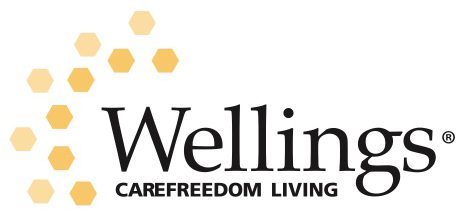Ensure Family Harmony When Planning Your Estate
When you leave an inheritance to your loved ones, you intend to give each person some welcome help in meeting their financial and life goals. No one wants an inheritance to cause discord among the beneficiaries. Unfortunately, that can happen in certain situations if plans aren’t shared with beneficiaries in advance.
By communicating your plans, you can find out if each person is comfortable with what you have in mind. If you discover that someone feels they’re not being treated fairly, or that your plans might strain the beneficiaries’ relationships, you can make changes to remedy the situation.
Generally, three types of situations may lead to inheritance troubles:
- When siblings’ inheritances of cash or financial investments are intended to be fair but are not equal
- When a property is being shared
- When one beneficiary receives an indivisible asset
Fair versus equal
Some parents face a situation where they question if it’s fair to divide an inheritance equally. If one child is a well-paid chief executive officer and the other faces health issues and has often been unemployed, do they receive the same inheritance? If parents gifted one child the down payment on a home, is that amount deducted from their share? If one child left their job to care for their aging parent, does that child receive a larger inheritance? When a parent wants to give inheritances that aren’t equal, it’s best to have a discussion with children to make sure they accept the plan.
Sharing a property
Siblings may have different ideas on what to do with an inherited property. Say that a parent handed down a vacation property that had been in the family for generations to their three children. Two of the children want to keep the property, but one wants to sell it and use the proceeds to fund their children’s education. Situations like this do arise and can lead to bitterness between siblings. If you find out in advance about your children’s wishes, you can work with your advisor to develop a solution that is acceptable to all.
When an asset won’t be shared
What happens when only one child will be taking over the family farm or small business, or inheriting the vacation property? You need to find a way to compensate the other child or children. If there won’t be enough cash or other assets available to equalize the inheritance, you could consider naming the other children as beneficiaries of a permanent life insurance policy on your life. Whatever solution you choose, it’s important that all children agree it’s fair to everyone.








